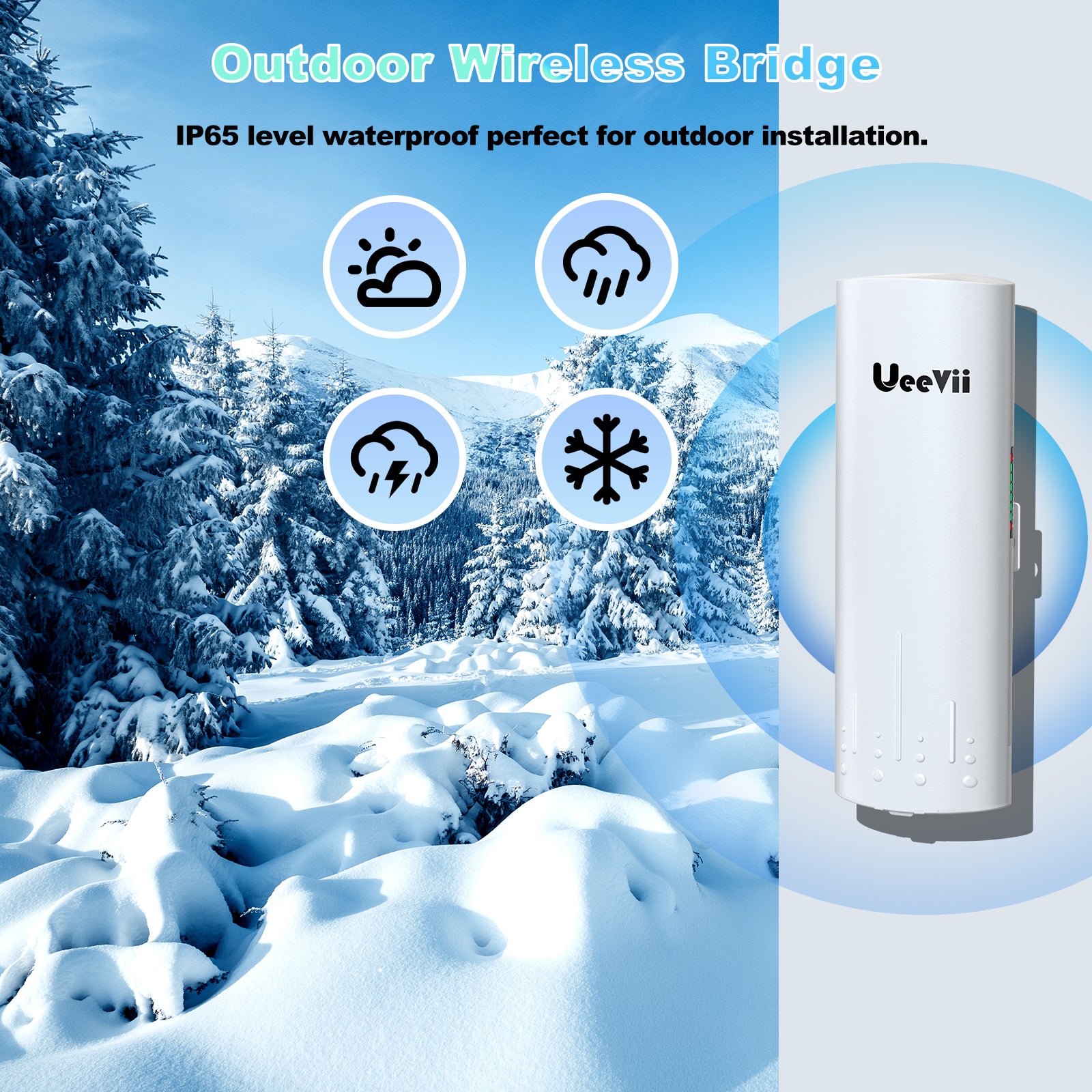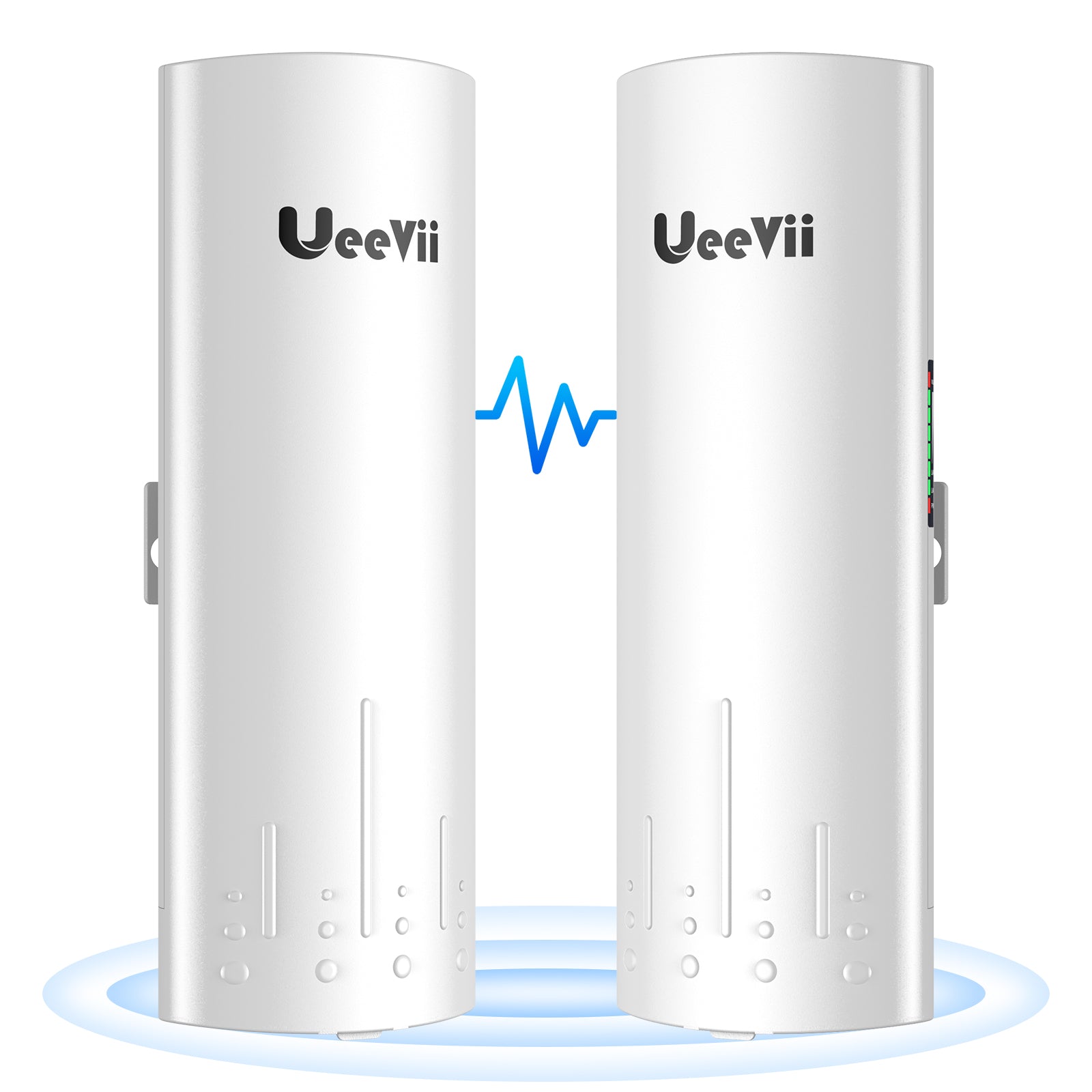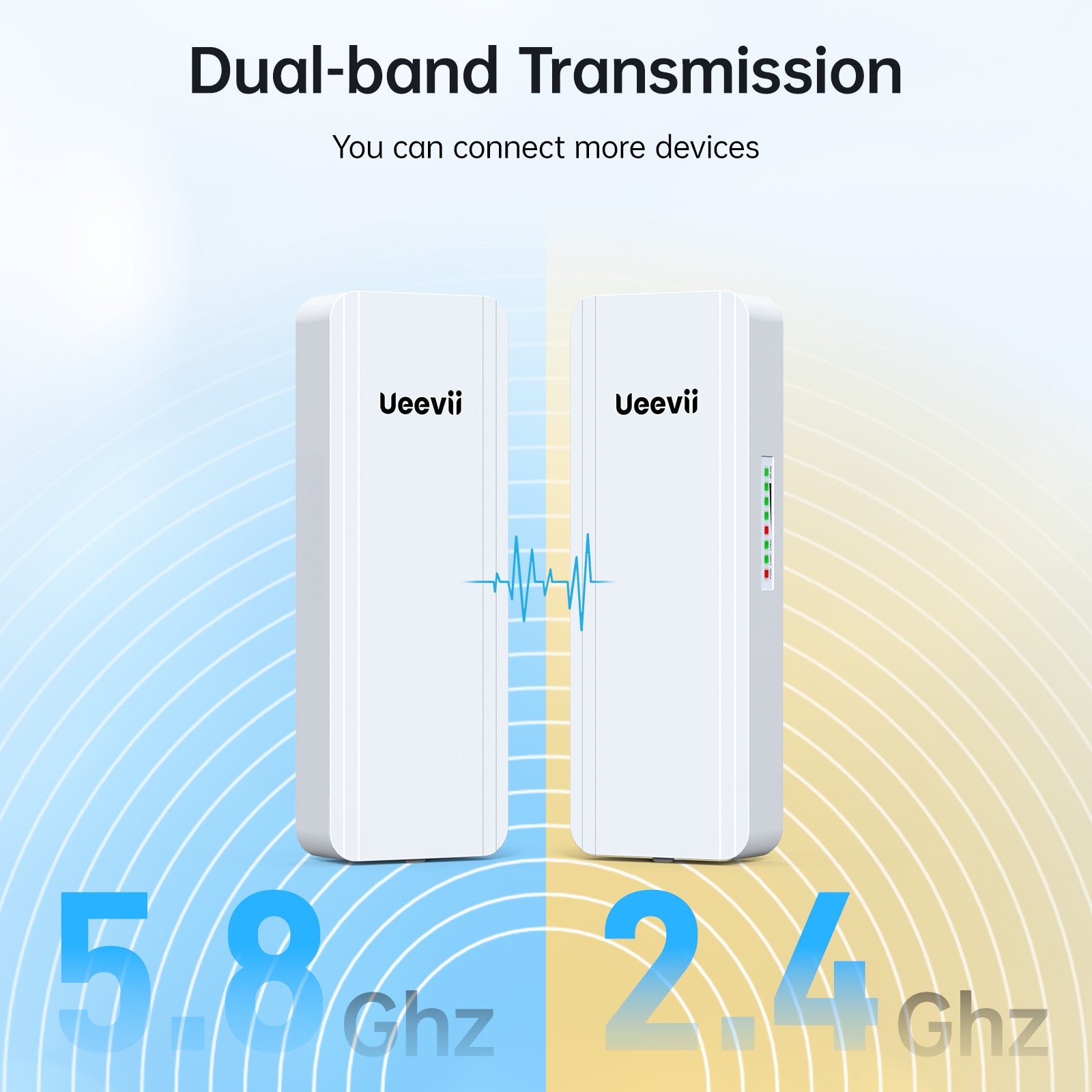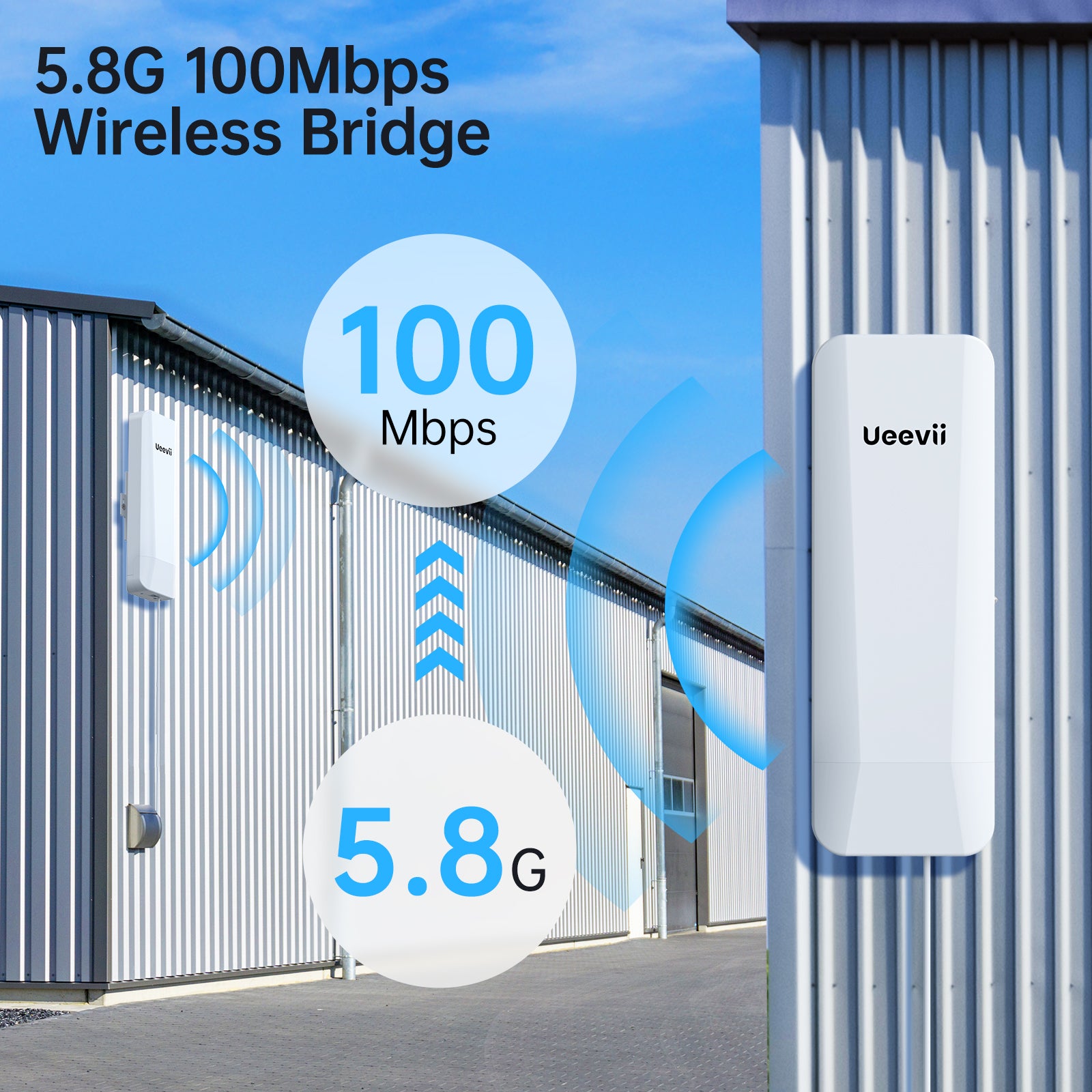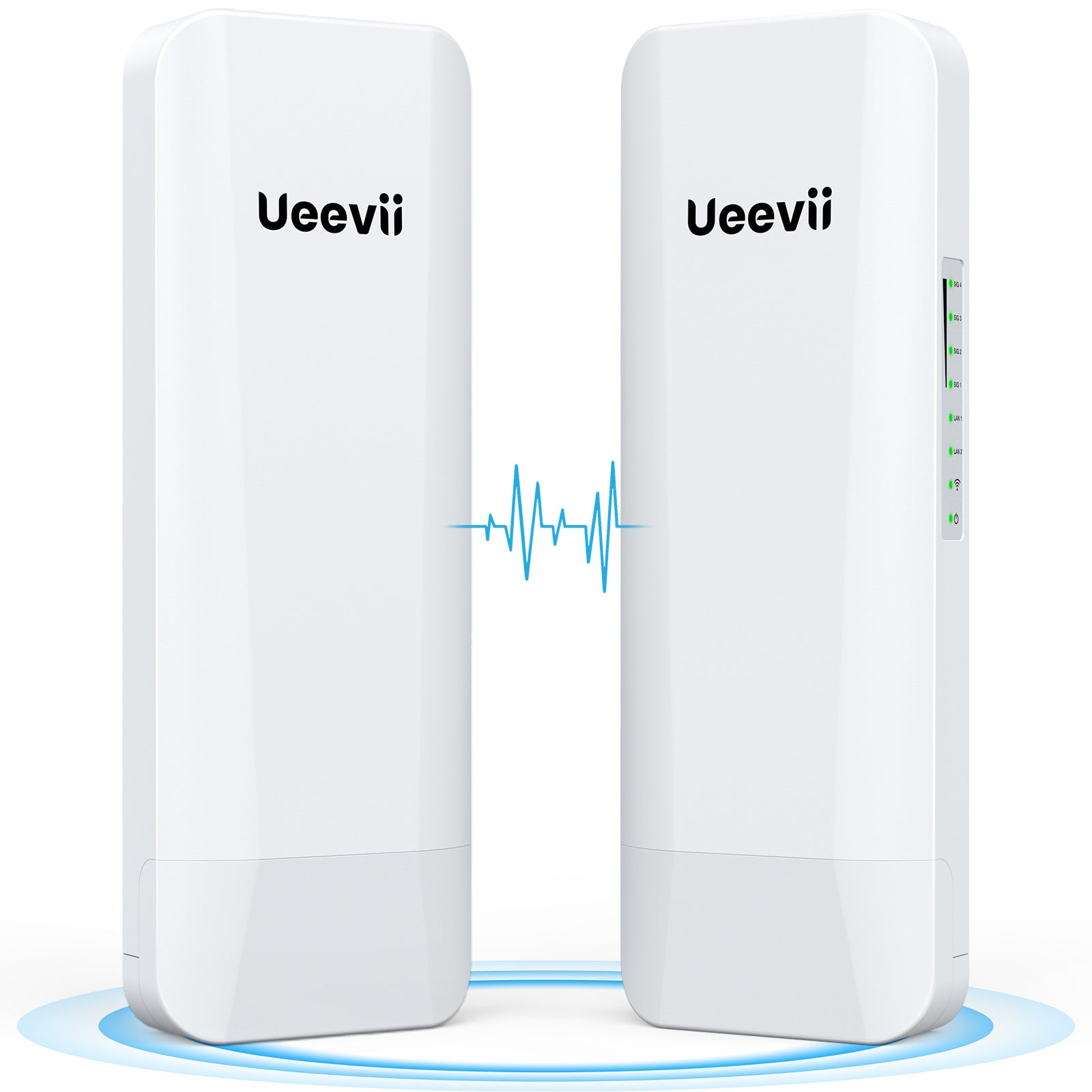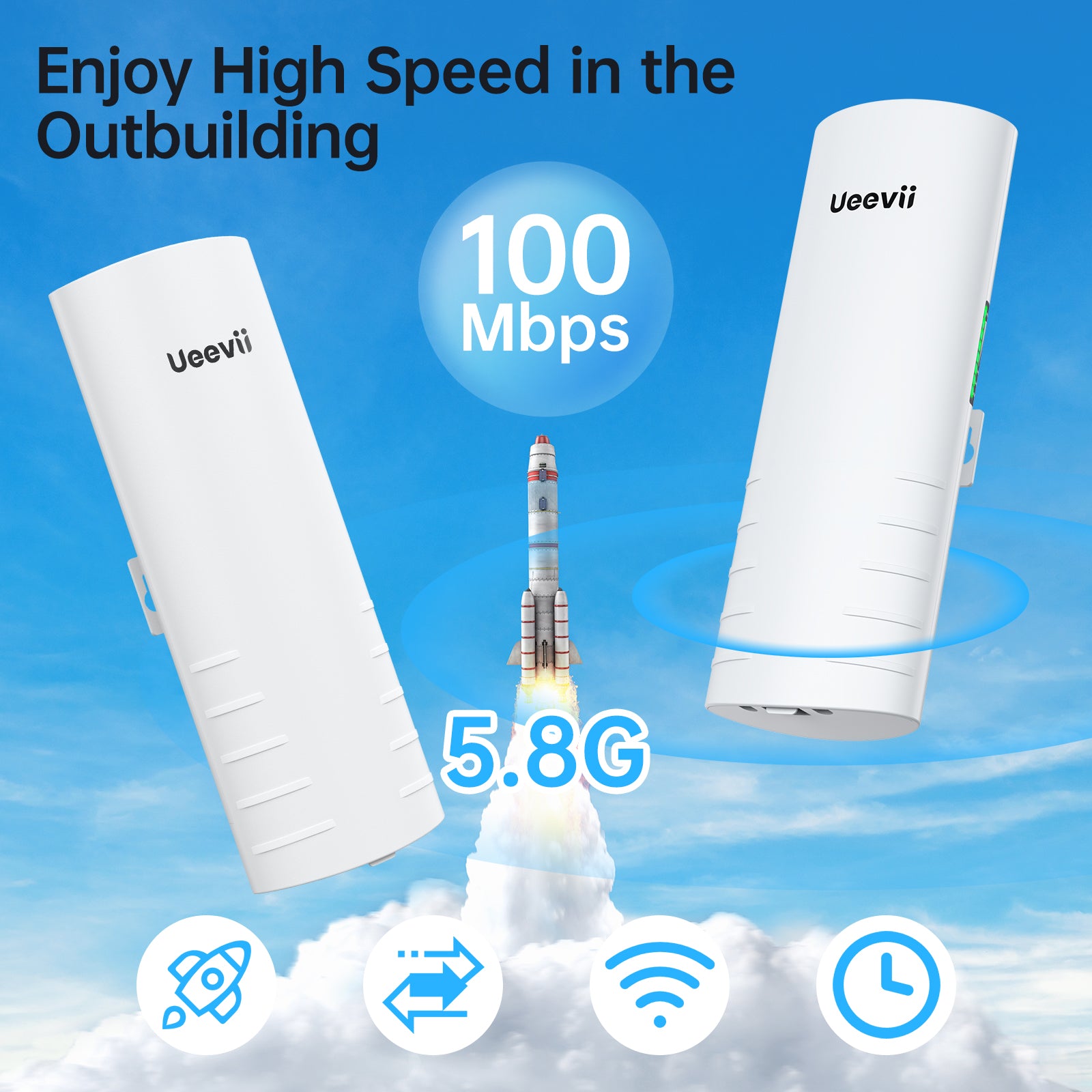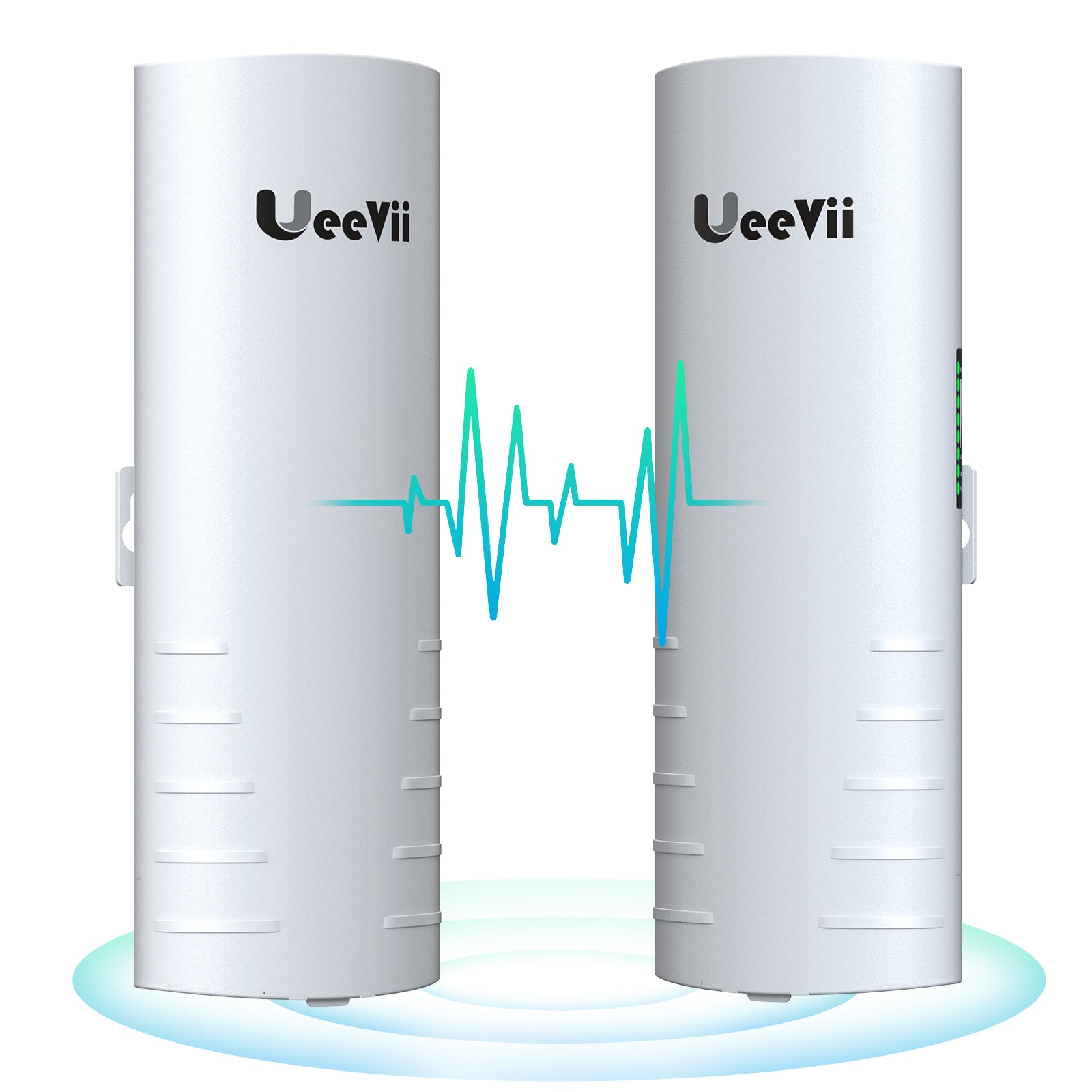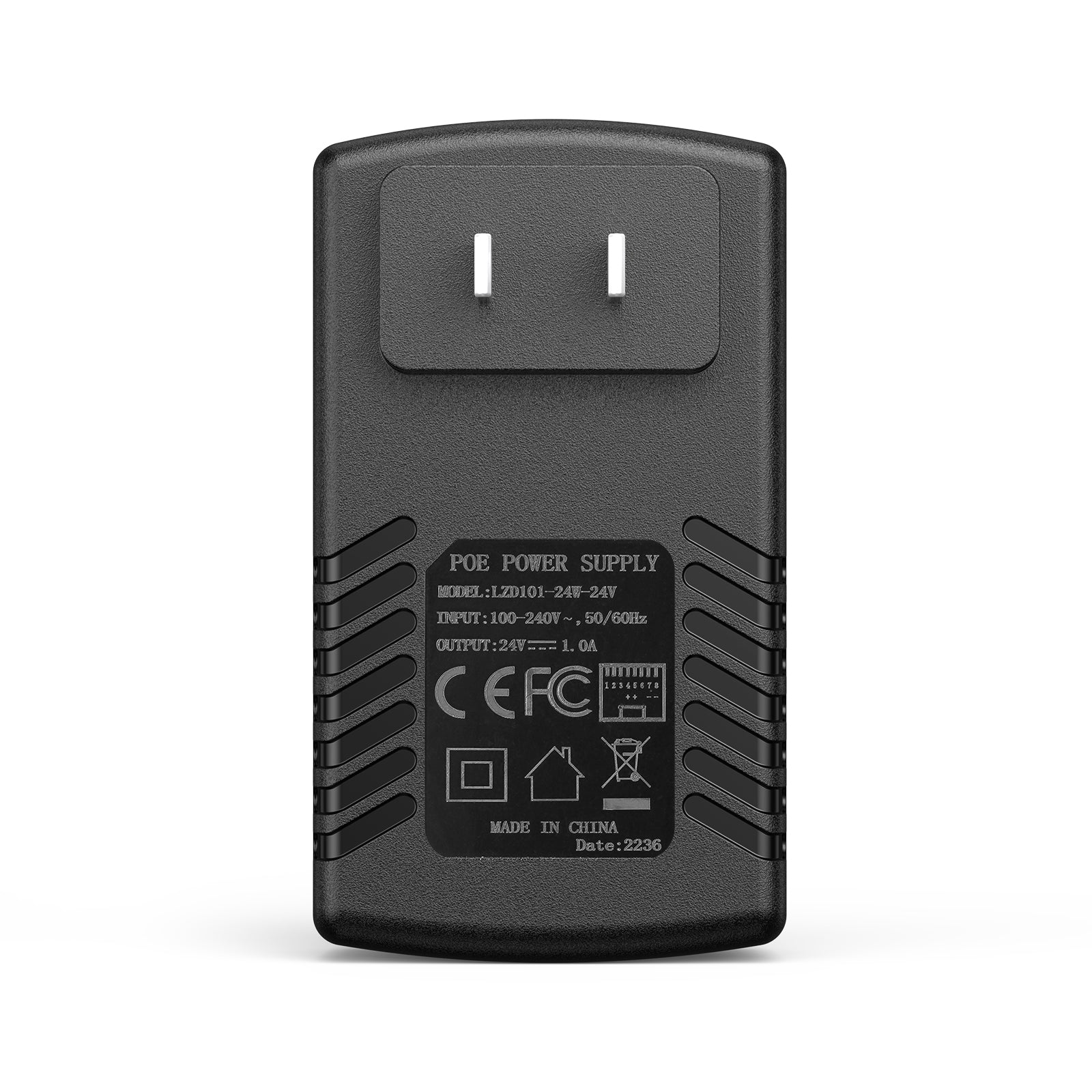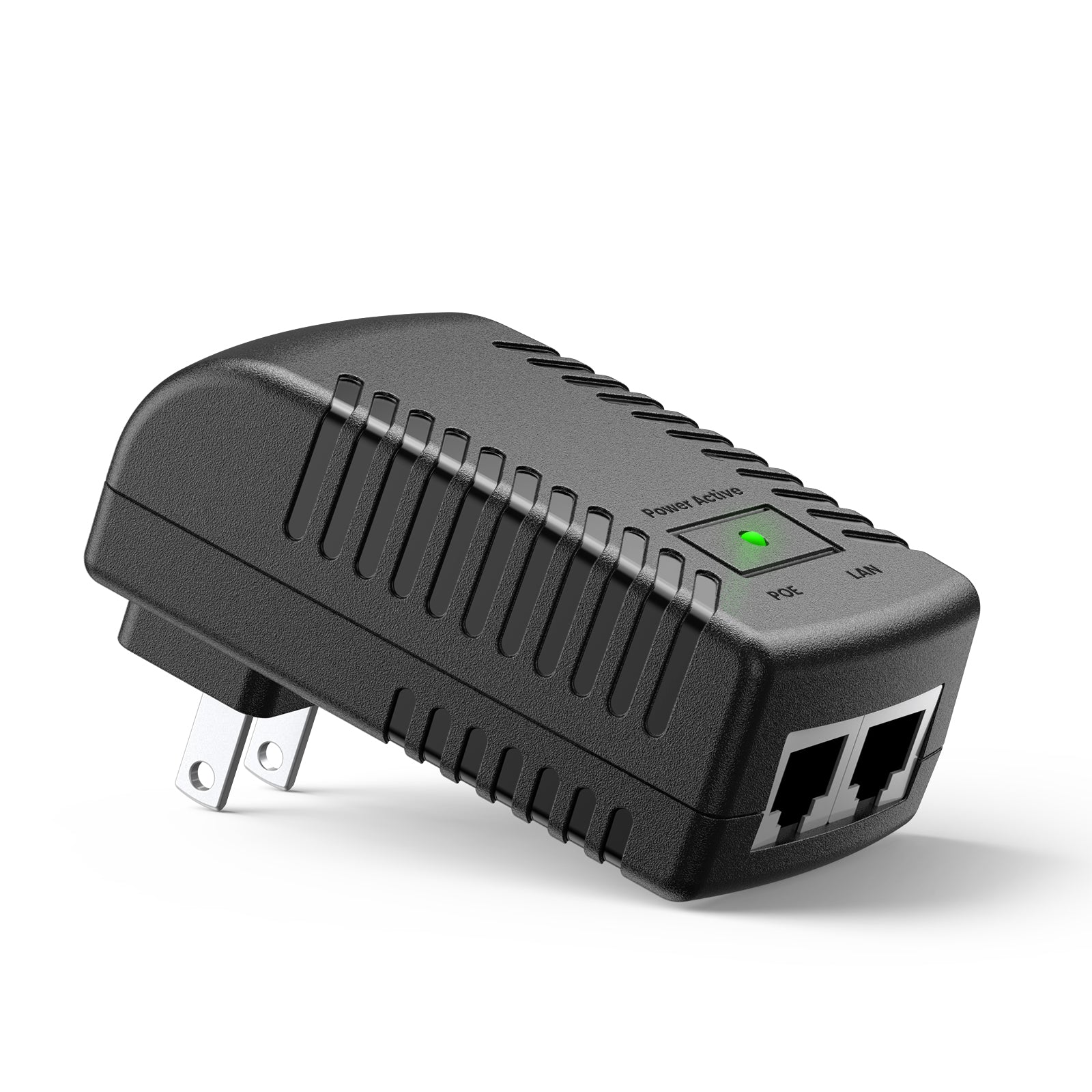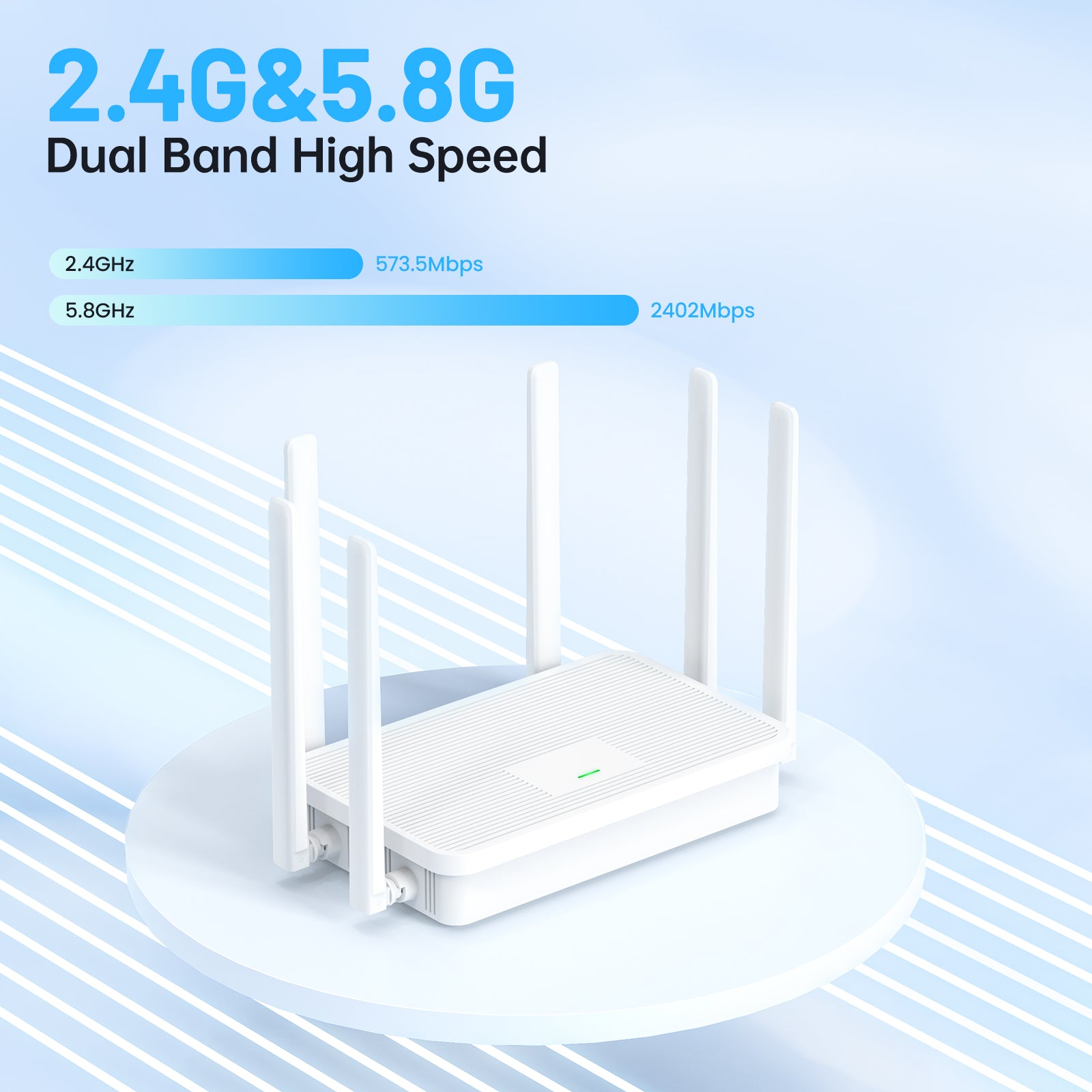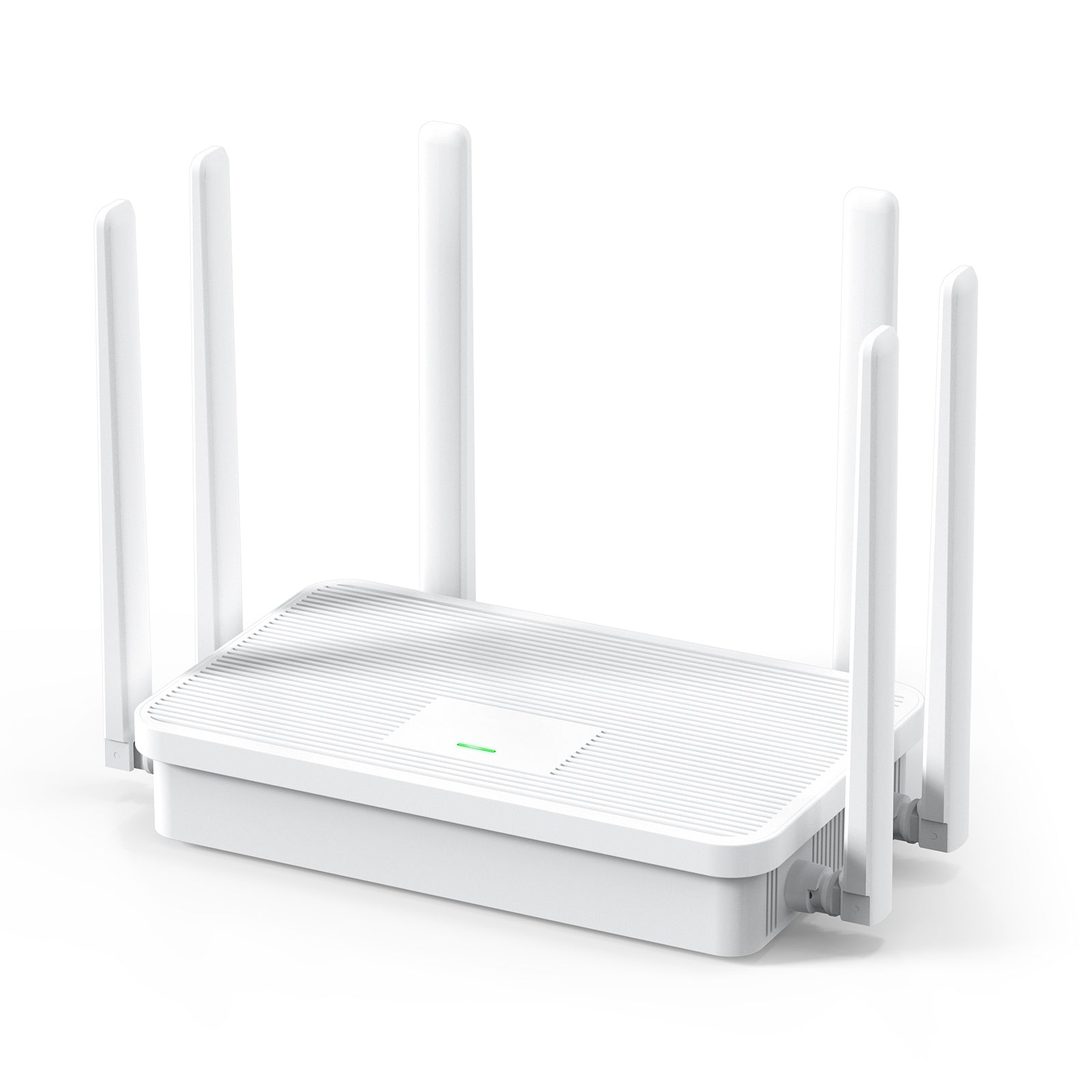The Evolution of Wireless Bridging Technology
Understanding the Basics of Wireless Bridges
At its core, a wireless bridge links two or more networks. It uses radio waves instead of cables. This lets data flow without physical links. Think of it as a high-tech link. It connects separate networks across distances. To set one up, you need two wireless bridges. Each acts as an endpoint. One sends data, while the other receives it. This can connect homes, offices, or even towns without wires. It's efficient and versatile, perfect for places without cable infrastructure.

Benefits of Outdoor Wireless Bridges for US Businesses
Enhancing Connectivity in Rural Areas
Outdoor wireless bridges offer a vital service in rural U.S. areas. These areas often lack the dense network infrastructure common in cities. A wireless bridge can extend internet access where cables can't reach. This is key for homes, schools, and small businesses. Good web access supports remote work, learning, and trade. It helps connect these communities to the wider world. With outdoor wireless bridges, rural U.S. areas can thrive in our digital age.
A Game Changer for Agriculture and Farming
Outdoor wireless bridges are revolutionizing agriculture. They enable precision farming and data collection even in remote fields. This tech makes farm management smarter and more effective. It helps track crop health and automates tasks, boosting productivity. Farmers in the US are now more linked to global markets, thanks to this connectivity. It's a tech leap that's making farming more competitive and sustainable.
Navigating Challenges and Best Practices in Deployment
Addressing Common Issues with Outdoor Wireless Bridges
Deploying outdoor wireless bridges can face several issues. Common challenges include interference, distance limitations, and weather impacts. Interference happens when signals from other devices disrupt the bridge's connectivity. For long-range connections, the signal may weaken over distances, affecting the network's reliability. Weather elements like rain, wind, or extreme temperatures can also damage the bridges or affect performance. To overcome these, businesses should use high-quality, weather-resistant equipment. They should also plan proper placement to avoid interference and ensure strong signals over distances. Regular maintenance is key to deal with wear and tear from environmental exposure. By addressing these common issues, companies can ensure their outdoor wireless bridges operate effectively.




